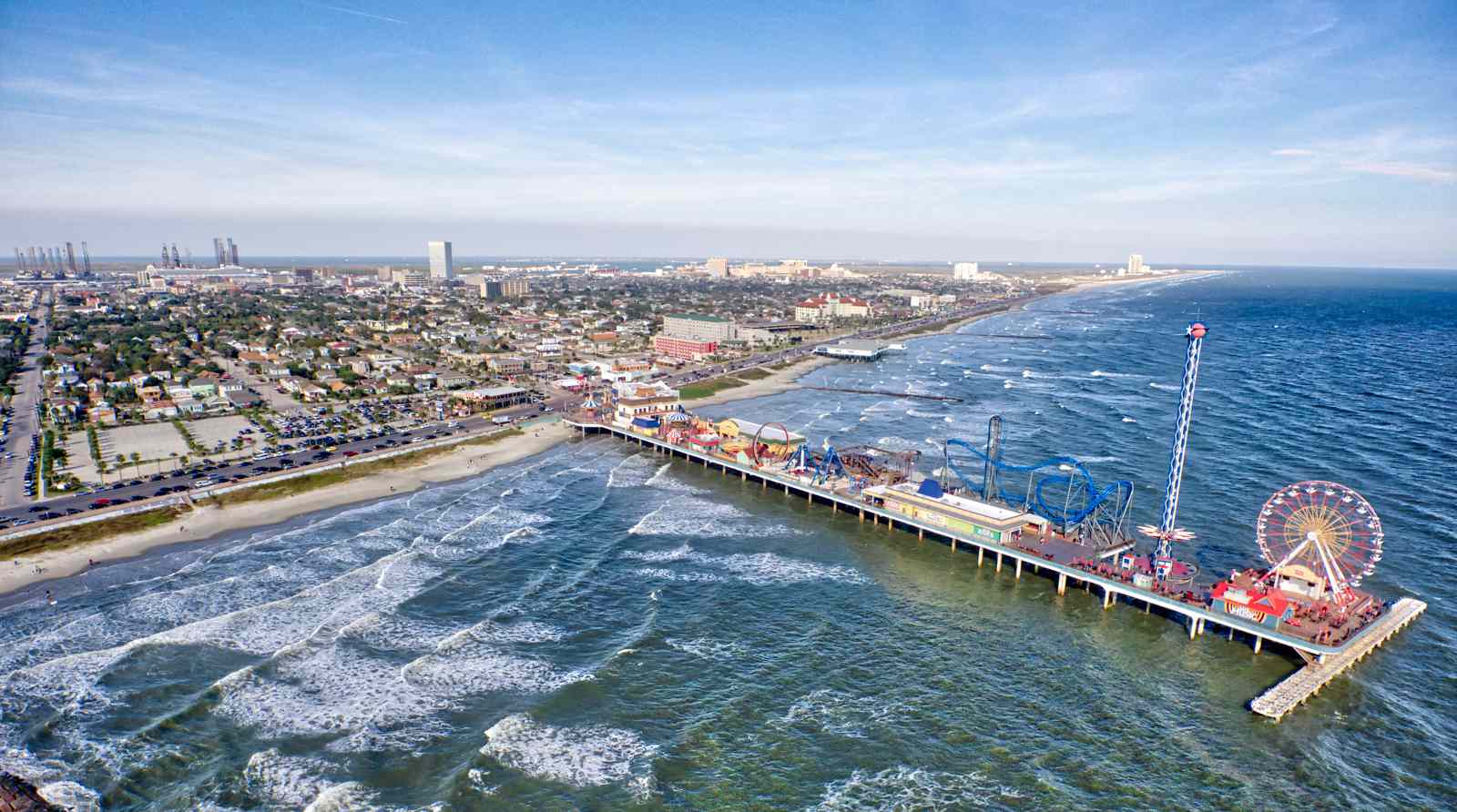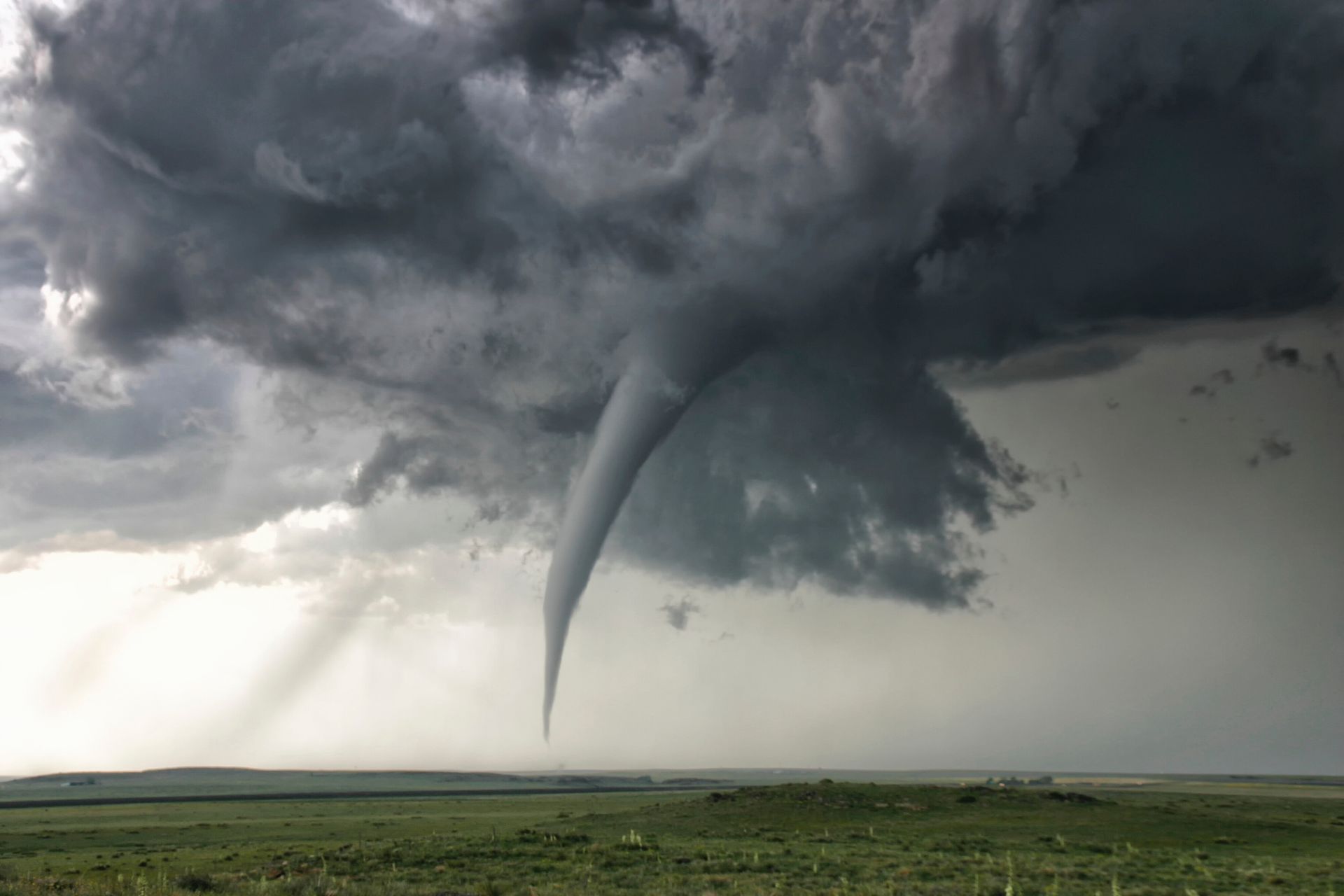Weather Highlights
A Deep Dive into this Winter
Learn MoreWinter Snow Forecast
Severe storms are very likely from Texas to Oklahoma and Arkansas on Sunday. Large hail, damaging winds, and tornadoes are possible.
More Frequent Tornadoes?
The second storm to impact New Mexico later in the week will be much colder and stronger. Heavy snow will be possible from Colorado to Northern New Mexico.
Why I Started This Site
The severe storms will move east on Monday and will be very likely from Texas to Southern Missouri. The storms will bring heavy rain and the threat for large hail, strong winds and tornadoes.
Regional Forecast

Santa Fe Weather
Santa Fe, New Mexico, boasts a semi-arid climate with four distinct seasons, offering a unique blend of weather experiences throughout the year. Summers are warm and dry, with daytime temperatures typically ranging from the mid-80s to low 90s°F (29-34°C), and cooler evenings in the 50s to 60s°F (10-16°C). The monsoon season from July to September brings afternoon thunderstorms, providing much-needed moisture and cooling the air. Winters are cold, with temperatures often dropping below freezing at night, and occasional snowfall transforming the city into a winter wonderland. Spring and fall are mild and pleasant, characterized by clear skies, crisp air, and vibrant foliage. Santa Fe's high altitude at 7,199 feet (2,194 meters) above sea level ensures plenty of sunshine year-round, making it an attractive destination for outdoor enthusiasts.

Western U.S. Weather
The weather in the Western United States is characterized by diverse climatic conditions due to the region's vast geography and varying elevations. Coastal areas, such as California, typically enjoy a Mediterranean climate with mild, wet winters and hot, dry summers. The Pacific Northwest, including Oregon and Washington, experiences a temperate climate with abundant rainfall, especially in winter, and cooler, damp summers.
The Rocky Mountains and other high-elevation areas witness cold, snowy winters, and cooler, drier summers. The desert regions, like Arizona and Nevada, are known for their extreme temperatures, with scorching hot summers often exceeding 100°F (38°C) and mild winters with little precipitation.
Inland areas, such as parts of Utah and Colorado, have a semi-arid climate, featuring hot, dry summers and cold, snowy winters. The weather patterns in the Western U.S. can be unpredictable, with significant variations within short distances, making the region's climate one of the most diverse in the country.

Midwest Weather
The Midwest United States experiences a wide range of weather conditions, characterized by four distinct seasons. Summers are typically hot and humid, with temperatures often reaching into the 80s and 90s°F (27-37°C), accompanied by frequent thunderstorms and occasional tornadoes, especially in Tornado Alley. Winters are cold and can be harsh, with temperatures frequently dipping below freezing and significant snowfall, particularly in the northern states and the Great Lakes region.
Spring and fall are transitional seasons marked by more moderate temperatures and varying weather patterns. Spring often brings thunderstorms and a risk of severe weather, while fall features cooler temperatures, colorful foliage, and a more stable climate. The Midwest's continental climate leads to significant temperature variations between seasons, contributing to the region's dynamic and sometimes unpredictable weather.

Southern U.S. Weather
The Southern United States enjoys a warm and humid climate with long, hot summers and mild winters. Summer temperatures often soar into the 90s°F (32-37°C) or higher, accompanied by high humidity levels that can make it feel even hotter. This season is also marked by frequent thunderstorms and the occasional threat of hurricanes, particularly in coastal areas.
Winters in the South are generally mild, with temperatures ranging from the 40s to 60s°F (4-16°C). Snowfall is rare, except in the higher elevations of states like Tennessee and North Carolina. The region experiences a brief and pleasant spring, with blooming flowers and moderate temperatures, and a colorful, mild fall.
The Gulf Coast and southeastern states are particularly humid, while the southwestern parts, such as Texas, can be more arid. Overall, the Southern U.S. is known for its warm climate, making it a popular destination for those seeking mild winter weather.

Northeast U.S. Weather
The Northeast United States experiences a diverse range of weather conditions, marked by four distinct seasons. Winters are cold and snowy, with temperatures often dropping below freezing and significant snowfall, especially in northern areas and higher elevations. Coastal regions, like those in New England, can experience nor'easters, which bring heavy snow and strong winds.
Spring is a transitional season, featuring gradually warming temperatures, blooming flowers, and occasional rain showers. Summers are warm and humid, with temperatures typically ranging from the 70s to 90s°F (21-32°C). The region can also experience thunderstorms and occasional heatwaves during this time.
Fall is renowned for its crisp, cool air and vibrant foliage, with temperatures steadily declining as the season progresses. The Northeast's weather is highly variable, with rapid changes possible, especially during transitional seasons, contributing to the region's dynamic and ever-changing climate.




